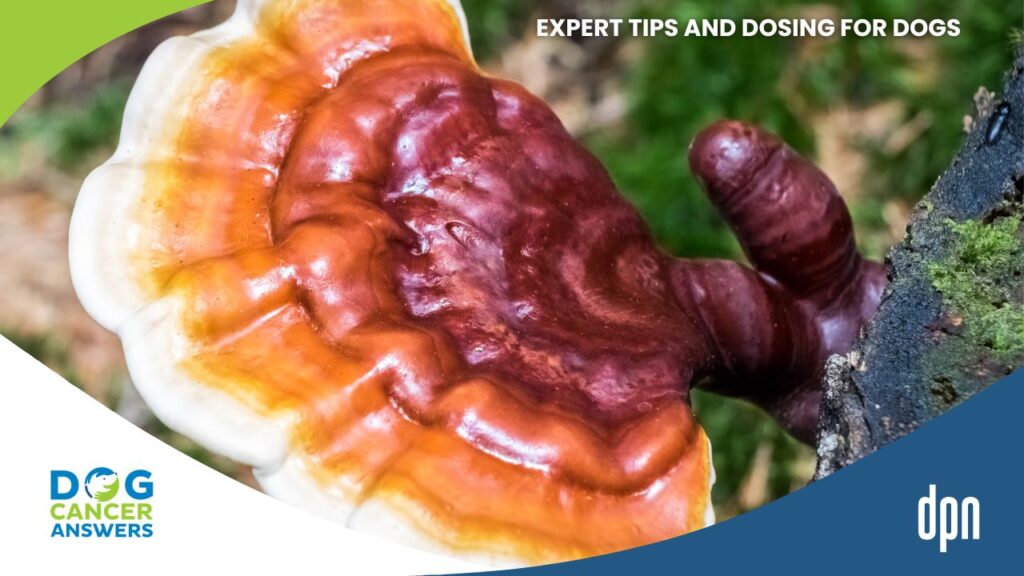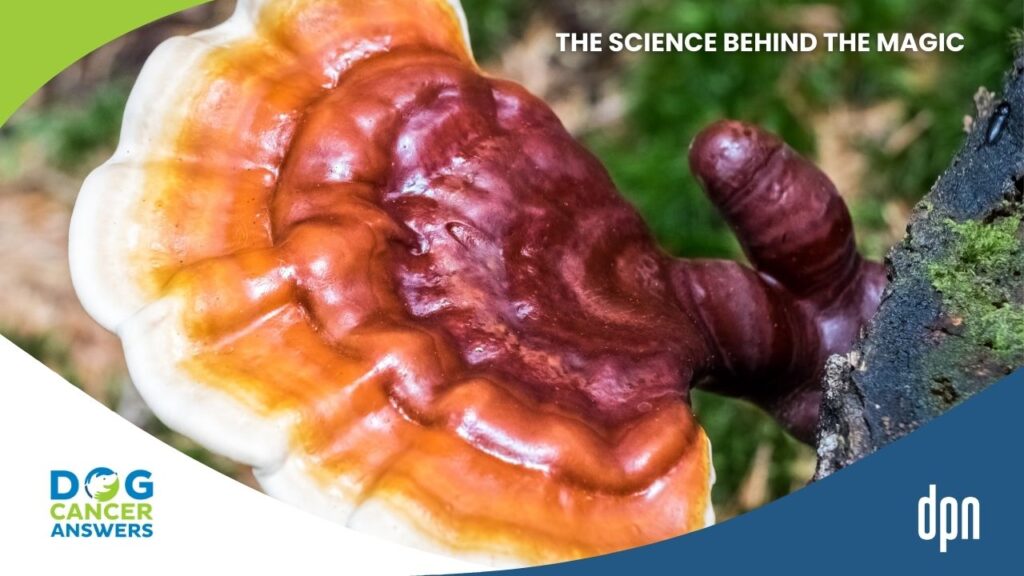EPISODE 282 | RELEASED April 28, 2025
What Does CBD Do for Dogs This Cannabis Researcher Navigates the Controversy | Dr. Narda Robinson
How can CBD help dogs with cancer? Dr. Narda Robinson explains cannabis research in veterinary medicine, focusing on CBD and THC benefits and challenges.
SHOW NOTES
Dr. Narda Robinson, a human doctor AND a veterinarian, discusses the history and medicinal applications of CBD and THC, particularly in veterinary medicine. Focusing on her pioneering work at Colorado State University, she shares insights into the challenges and benefits of researching cannabis for canine health.
Topics covered:
- The endocannabinoid system
- The differences between THC and CBD
- Quality control issues
- The broader implications of using cannabis derivatives for conditions like epilepsy and pain management in dogs.
- The potential of integrating cannabinoids into veterinary practices
- Common misconceptions and safety concerns
Your Voice Matters!
If you have a question for our team, or if you want to share your own hopeful dog cancer story, we want to hear from you! Go to https://www.dogcancer.com/ask to submit your question or story, or call our Listener Line at +1 808-868-3200 to leave a question.
Related Links:
Our CBD article: https://www.dogcancer.com/articles/supplements/cbd-for-dogs-with-cancer/
Check out our knowledgebase of supplements! https://www.dogcancer.com/supplements/
Chapters:
00:00 Introduction
00:21 Guest Introduction: Dr. Narda Robinson
00:30 The Rise of CBD in Veterinary Medicine
00:51 Early Research and Challenges
05:04 Quality Control and Safety Concerns
09:58 Understanding Cannabis and Its Components
19:41 The Endocannabinoid System
23:01 CBD vs. THC: Effects and Applications
31:52 Current Research and Future Directions
40:00 Conclusion and Final Thoughts
Hosted By
SUBSCRIBE ON YOUR FAVORITE PLATFORM
Topics
Did You Find This Helpful? Share It with Your Pack!
Share on social media, download a PDF, print this out, or send this in an email to your veterinarian.





